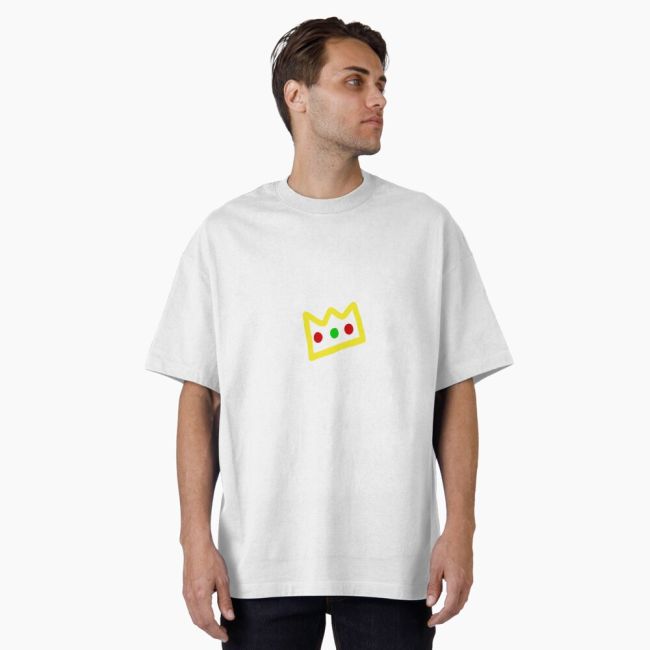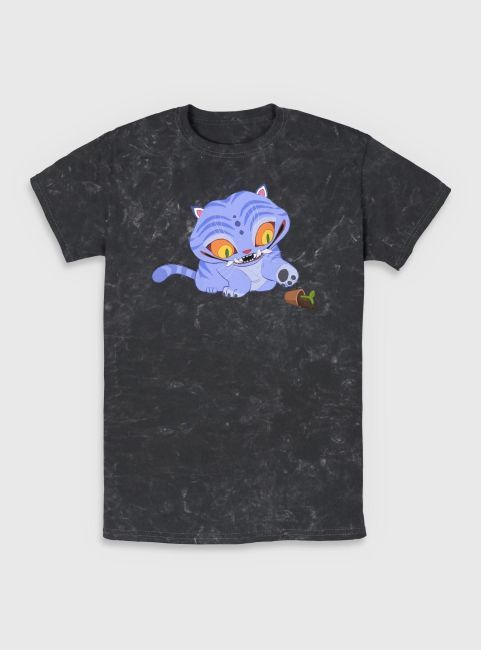
As the world becomes more conscious of sebeef.com its impact on the environment, a significant shift has been taking place in many industries. One such industry is fashion, which has traditionally adatasheets.com been associated with pollution and waste. However, there’s now an increasing emphasis on sustainable practices and materials. A prominent example of this trend is biodegradable textiles, widely considered to be the future of fashion.
Biodegradable textiles are made from natural fibers that decompose over time under specific environmental conditions. They’re designed to break down when they come into contact with microorganisms in soil or water bodies without leaving any harmful residue behind. This feature makes them an excellent alternative to synthetic fabrics like polyester or nylon, stickandballtv.com which can take hundreds of years to degrade and contribute significantly to landfill waste.
The use of biodegradable textiles not only reduces landfill waste but also minimizes pollution caused by textile manufacturing processes. Synthetic fabric production often involves petroleum extraction and various chemical treatments that famewill.com release harmful pollutants into air and water sources. On the other hand, biodegradable textiles are typically made from renewable resources like cotton, hemp, silk or wool through less pollutant-intensive processes.
Furthermore, advancements in technology have enabled manufacturers to create high-quality biodegradable fabrics that don’t compromise on aesthetics or functionality. Today’s eco-conscious consumers can enjoy stylish clothing items that feel good on their skin while knowing they’re contributing positively towards environmental sustainability.
However promising it might sound; startadatabase.com it’s important to note that transitioning fully towards biodegradable textiles isn’t without challenges—especially for large-scale fashion brands accustomed to relying heavily on cheap synthetic materials for mass production. The raw materials bufordrent.com for producing these eco-friendly alternatives can be expensive due partly due scarcity and partly due higher costs involved in organic farming methods rockymountrent.com compared conventional ones.
Despite these challenges though there’s no denying fact we’re witnessing a paradigm shift within fashion industry—one where angelsperfekt.com sustainability takes center stage over profitability alone—as evidenced by increasing number brands adopting sustainable practices including use biodegradable textiles.
In conclusion, the future of fashion looks promising with the advent of biodegradable textiles. This sustainable alternative offers a way for the industry to reduce its environmental impact while still delivering high-quality, stylish products. While there are challenges to overcome, the shift towards more eco-conscious practices is an encouraging sign that we’re moving in the right direction. As consumers, it’s up to us to support this movement by making mindful purchases and prioritizing brands that align with our values on sustainability.








